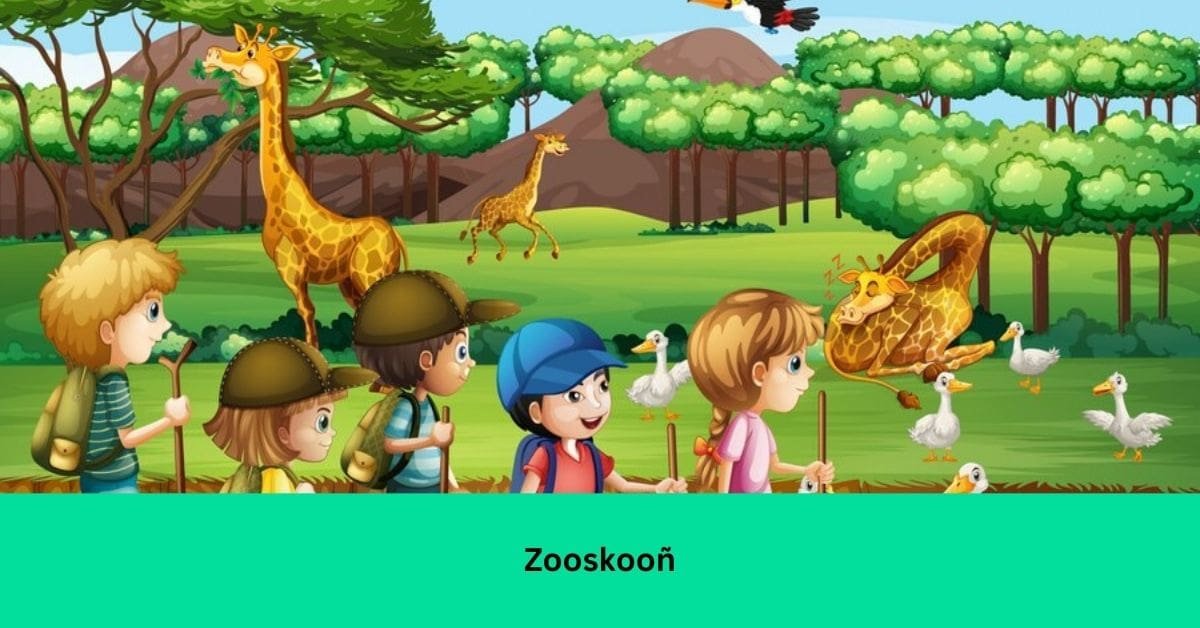In the evolving world of technology and programming, understanding various coding methodologies and frameworks is crucial. One such topic gaining traction is PE2SHC C 父类.
This article aims to delve deep into its functionality, applications, strengths, and areas for improvement, making it an invaluable resource for beginners and seasoned developers.
Understanding PE2SHC C 父类:
PE2SHC C 父类 refers to a significant term in the programming landscape, often translated as “parent class.”
This concept is foundational in object-oriented programming (OOP), where the parent class acts as a template for child classes, enabling them to inherit attributes and methods.
By embracing this concept, developers can foster code reusability and streamline software design.
The significance of understanding pe2shc c 父类 报错 lies in its ability to simplify complex programming tasks.
By utilizing parent classes, programmers can create organized, scalable codebases, making software maintenance more manageable.
Exploring PE2SHC C 父类:
The term PE2SHC C 父类 encapsulates the essence of parent classes within a programming framework.
In OOP, a parent class provides a foundational structure from which child classes can inherit common characteristics.
This inheritance promotes efficiency and reduces code redundancy, enabling developers to write cleaner, more maintainable code.
Furthermore, leveraging PE2SHC C 父类 encourages better organization within the code, allowing developers to manage complex systems effectively.
This hierarchical structure not only enhances readability but also supports collaborative development, as team members can easily understand the relationships between various classes.
PE2SHC C 父类 – An Overview!
In object-oriented programming, PE2SHC C 父类 plays a crucial role as it allows for the definition of a class that serves as a blueprint for derived classes.
By establishing a parent class, developers can ensure that shared methods and properties are consistently applied across related classes, thereby enhancing maintainability.
A key advantage of using pe2shc c 父类 报错 is the ability to change in a single location.
When a parent class is updated, all derived classes automatically inherit these changes, which minimizes the risk of inconsistencies and errors.
This feature is particularly beneficial in large applications, where managing multiple classes can become cumbersome.
The Importance of PE2SHC C 父类 in Object-Oriented Programming
PE2SHC C 父类 is a vital concept in OOP that facilitates the creation of a structured and efficient codebase.
Using parent classes, developers can encapsulate common attributes and methods, promoting code reuse and improving overall project organization.
Reduction of Code Duplication
One of the primary benefits of pe2shc c 父类 报错 is the reduction of code duplication.
When multiple child classes share common functionalities, defining these in a parent class ensures that updates are propagated automatically.
This not only saves time but also enhances consistency across the application.
Logical Code Arrangement
Moreover, parent classes contribute to a logical code arrangement, making it easier for developers to navigate complex systems.
This organization enhances collaboration among team members, as they can understand how different classes interact within the application.
Understanding PE2SHC C 父类 – The Parent Class Concept in Programming!
The concept of PE2SHC C 父类 translated as “parent class” is essential for creating a robust object-oriented programming structure.
Parent classes provide a mechanism for inheritance, allowing derived classes to adopt properties and methods defined in the parent.
- Utilizing PE2SHC C 父类 not only streamlines coding practices but also enhances application scalability.
- By defining shared functionalities in a parent class, developers can ensure that their code remains efficient and manageable, even as complex projects grow.
- Furthermore, this structure fosters better communication among development teams.
- By clearly defining the relationships between classes, team members can work more collaboratively, improving project outcomes.
The Foundation of Object-Oriented Programming:
In OOP, PE2SHC C 父类 acts as a foundational element, promoting a clear hierarchy within the codebase.
By establishing a parent class, developers can create a template from which child classes inherit common attributes and methods.
This approach not only enhances code reusability but also simplifies maintenance efforts.
The advantages of using pe2shc c 父类 报错 extend to improved organization within the application.
By categorizing classes hierarchically, developers can navigate complex systems with greater ease, promoting better understanding and collaboration among team members.
The Role of Parent Classes in Object-Oriented Programming:
In programming, the term PE2SHC C 父类 highlights the importance of parent classes in creating a structured environment for code development.
Parent classes are templates encapsulating common behaviors and attributes, allowing child classes to inherit these features.
The primary benefit of using a parent class is its ability to centralize code management.
When a developer modifies the parent class, all child classes automatically reflect these changes, ensuring consistency throughout the application.
This not only saves time but also reduces the risk of introducing errors.
Strengths of PE2SHC C 父类:
Code Reusability
By establishing a clear hierarchy, developers can reuse common functionalities across various classes, significantly reducing redundancy.
Maintainability
Updates or modifications can be made at the parent class level, automatically propagating to all derived classes, ensuring consistency and ease of maintenance.
Enhanced Readability
The structure of parent and child classes helps organize the code, making it more readable and easier for teams to understand.
Weaknesses of PE2SHC C 父类:
Despite its advantages, PE2SHC C 父类 has some weaknesses that developers should be aware of:
- Overusing inheritance can lead to complicated class hierarchies, making the code difficult to navigate and understand.
- Parent-child relationships can create tight coupling, where changes in the parent class can inadvertently affect derived classes.
- Once a class hierarchy is established, making significant changes can be cumbersome, potentially leading to a need for refactoring.
Suggestions for Improvement
To address these weaknesses, consider the following strategies:
Favor Composition Over Inheritance
Instead of relying solely on inheritance, use composition to combine objects with different functionalities. This can reduce complexity and improve flexibility.
Implement Interface Segregation
Use interfaces to define specific functionalities without tightly coupling classes, allowing for more modular design.
Utilize Design Patterns
Apply design patterns such as Factory or Strategy to enhance code organization and minimize the risks associated with deep inheritance trees.
Encourage Code Reviews
Regularly conduct code reviews to identify and rectify any emerging complexities within the class hierarchy.
Document Class Relationships
Maintain clear documentation regarding class relationships and functionalities to assist future developers in navigating the codebase.
Conclusion
In conclusion, understanding pe2shc c 父类 报错 is vital for anyone involved in software development.
This concept not only promotes efficient coding practices but also enhances the scalability and maintainability of applications.
By leveraging the principles of parent classes, developers can create robust, organized, and innovative software solutions that stand the test of time.
Embracing this approach is essential for success in the ever-evolving field of programming.
FAQs
What programming languages commonly use the concept of parent classes?
Many object-oriented programming languages, such as Java, C++, Python, and C#, utilize the concept of parent classes to enable inheritance and code reuse.
Can a child class have multiple parent classes?
This depends on the programming language. Some languages, like Python, support multiple inheritance, allowing a child class to inherit from multiple parent classes. However, languages like Java do not support multiple inheritance directly but can achieve similar behavior through interfaces.
How do abstract classes relate to parent classes?
Abstract classes can act as parent classes, serving as templates that cannot be instantiated on their own. They may contain abstract methods that must be implemented by child classes, ensuring that specific functionalities are defined in those subclasses.
What is the difference between a parent class and an interface?
A parent class provides a blueprint for creating child classes, including method implementations and attributes, while an interface only defines method signatures without any implementation. A class can implement multiple interfaces, promoting more flexible designs.
How can I effectively document parent classes in my code?
To document parent classes, use clear comments explaining the purpose, attributes, and methods of the class. Additionally, consider using docstrings (in languages like Python) or Javadoc (in Java) to provide structured documentation for future reference.
What are some common design patterns that utilize parent classes?
Common design patterns that leverage parent classes include the Template Method Pattern, Strategy Pattern, and Factory Method Pattern, which all rely on inheritance to provide reusable and maintainable code structures.
How do parent classes affect performance in programming?
Inheritance through parent classes can introduce some overhead due to dynamic method dispatch in languages that support polymorphism. However, the benefits of code reusability and maintainability often outweigh performance concerns in most applications.
What are some potential pitfalls of using parent classes in programming?
Some pitfalls include tight coupling between parent and child classes, which can lead to difficulties in maintenance and testing. Additionally, overusing inheritance may create complex hierarchies that are hard to understand, leading to code that is difficult to manage.
How can I refactor a codebase with deep inheritance hierarchies?
Refactoring a codebase with deep inheritance hierarchies can involve simplifying the structure by reducing the number of levels, replacing inheritance with composition where appropriate, and ensuring that classes have clear, single responsibilities to enhance maintainability.
Are there alternatives to using parent classes for code reuse?
Yes, alternatives include using composition, where objects are composed of other objects instead of inheriting from a parent class, and utilizing mixins or traits, which allow for the inclusion of functionalities from multiple sources without creating rigid class hierarchies.
Read Also:




